News
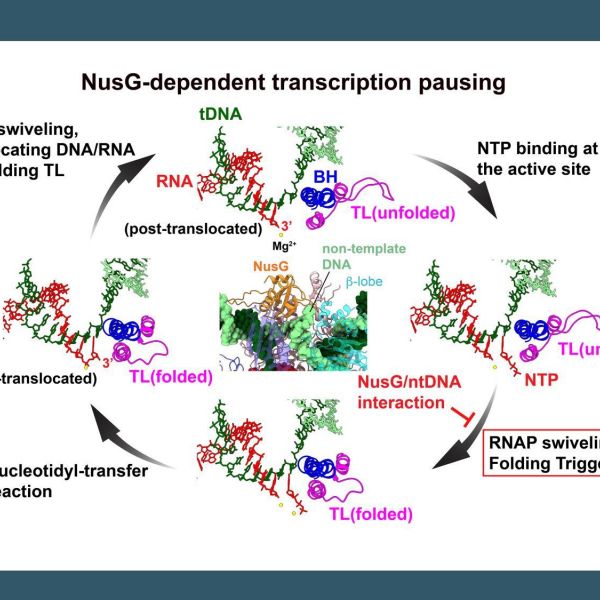
Feb 16, 2023
DNA stuck in the gears of the RNA production machine
Precise control of gene expression — ensuring that cells make the correct components in the right amount and at the right time — is vital for all organisms to function properly. Cells must regulate how genes encoded in the sequence of DNA are made into RNA molecules that can carry out cellular functions on their own or be further processed into proteins.
Full Article
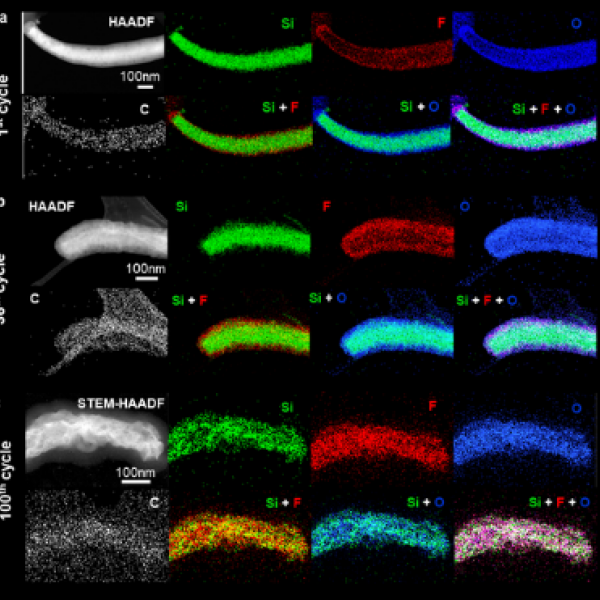
Jul 30, 2021
Novel method of imaging silicon anode degradation may lead to better batteries
A novel method of characterizing the structural and chemical evolution of silicon and a thin layer that governs battery stability may help resolve issues that prevent using silicon for high-capacity batteries, according to a group of researchers.
Full Article
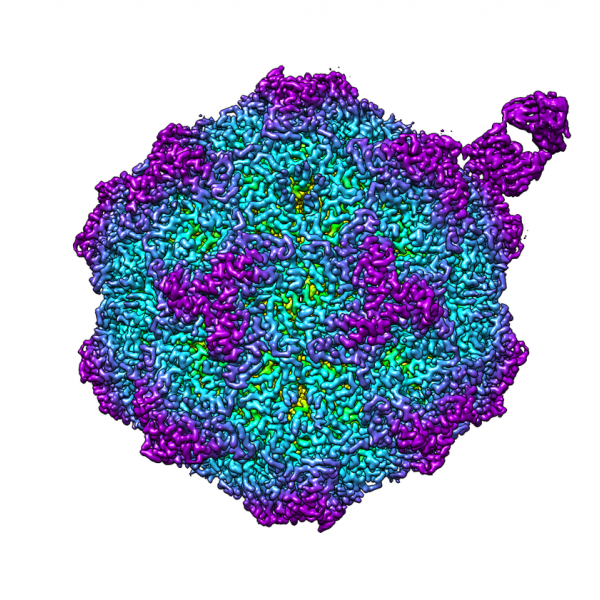
Jun 03, 2021
New images of canine parvovirus may help predict how virus jumps to new species
Canine parvovirus (CPV) is a highly infectious pathogen that causes severe diseases in unvaccinated dogs, including inflammation of the heart and acute gastrointestinal illness. Originating in cats, the virus is a rare example of a DNA-based virus that can jump between species, and a team of researchers’ discovery may help in predicting this and the virus’ ability to evolve, which could have implications for current vaccines used in dogs.
Full Article
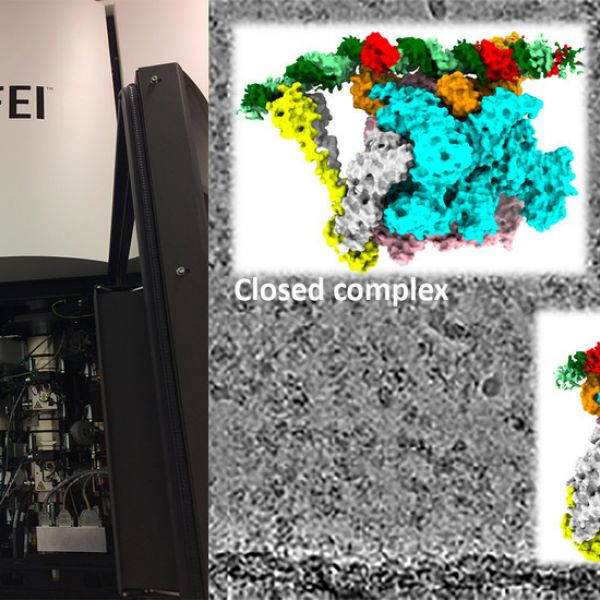
Jan 25, 2021
Regulating the ribosomal RNA production line
Cryo-electron microscopy study allows researchers to visualize structural changes in an E. coli enzyme synthesizing ribosomal RNA that shift it between turbo- and slow-modes depending on the bacteria’s growth rate
Full Article
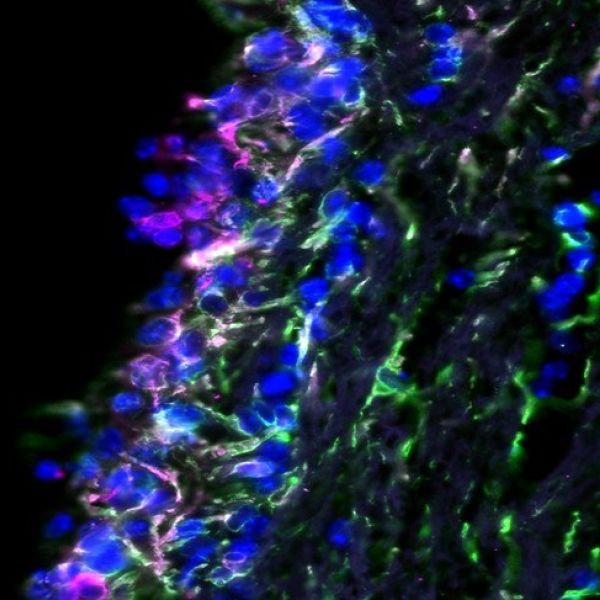
Nov 23, 2020
Altered 'coat' disguises fatal brain virus from neutralizing antibodies
A genetic modification in the ‘coat’ of a brain infection-causing virus may allow it to escape antibodies, according to Penn State College of Medicine researchers.
Full Article

Feb 07, 2020
Scientists solve structure enabling cyanobacteria to thrive in low light
Scientists have determined the structure of the protein complex that gives cyanobacteria their unique ability to convert weak, filtered sunlight into useable energy. Their findings could one day be used to engineer crops that thrive under low-light conditions.
Full Article
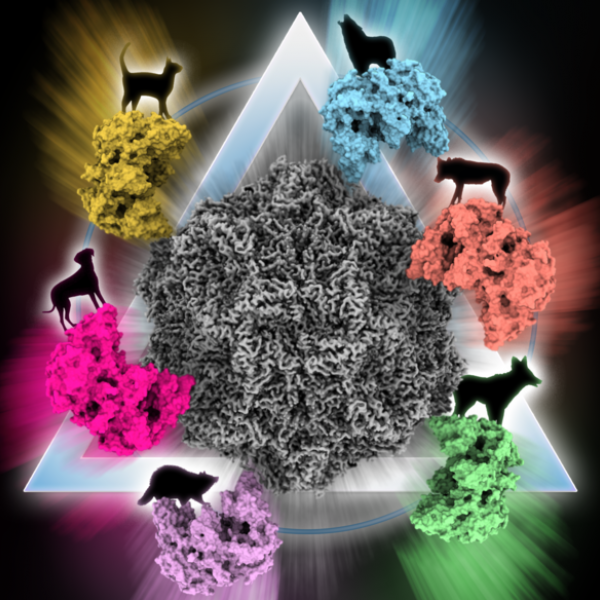
Sep 24, 2019
Virus may jump species through 'rock-and-roll' motion with receptors
Like a janitor thumbing through a keychain to find just the right key to open a lock, the "rock-and-roll" motion of the canine parvovirus during the binding process may help explain how the virus can find the spot on a receptor to infect not just dogs, but multiple species, according to an international team of researchers.
Full Article
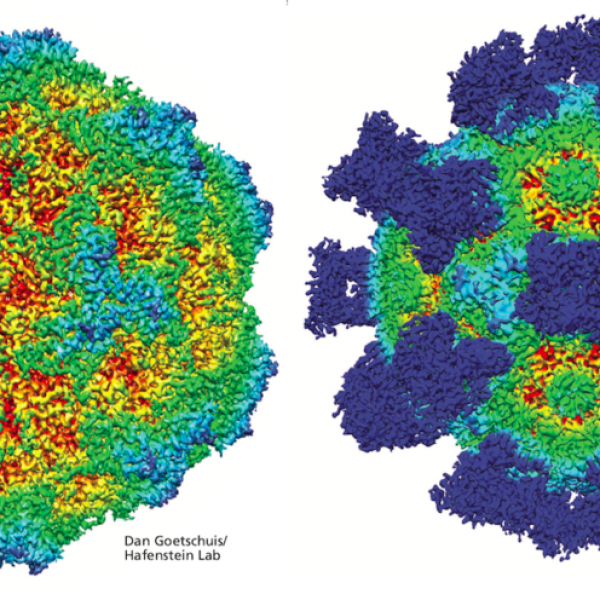
Aug 19, 2019
Resolution Revolution: Penn State welcomes a new era of atomic-level imaging with cryo EM facility
Using extreme cold to arrest fluid samples in motion, cryo EM allows researchers to see proteins, clusters of molecules, and viruses with astounding clarity—to the point where individual atoms may become visible.
Full Article

Nov 06, 2018
Partnership announced between Commonwealth Campuses and shared facilities
The Office of the Vice President for Research at Penn State has announced the launch of a new program to support increased usage of shared core facilities and services by faculty at the Commonwealth Campuses.
Full Article
Aug 31, 2017
Convergence of Transmission Electron Microscopy Methods for Materials and Life Sciences
On November 3rd there will be a workshop to discuss common transmission electron microscopy methods and new instrumentation. This workshop is part of the new Common Vision initiative established by MRI and the Huck Institutes to foster collaboration between Life Sciences and Materials Sciences.
Full Article